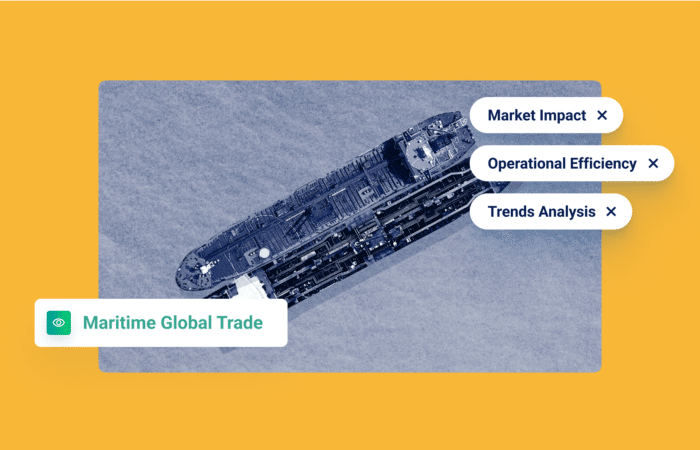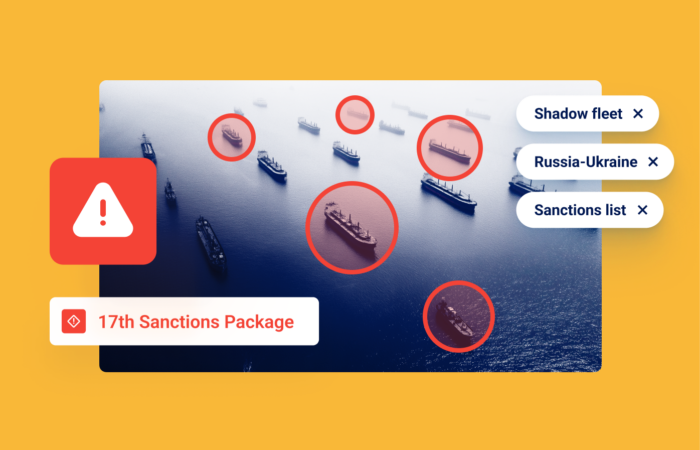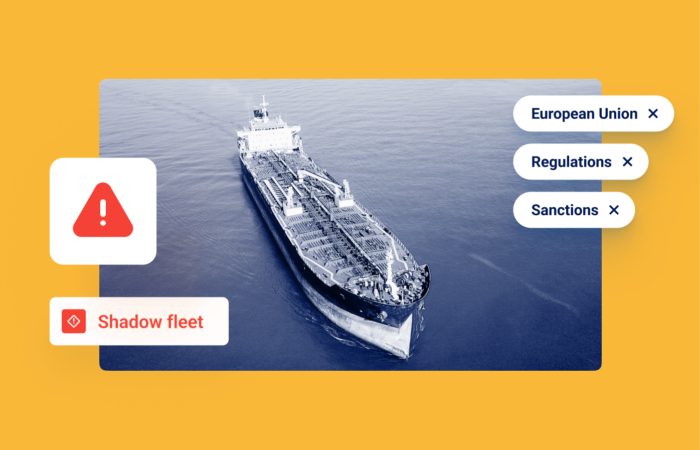Top 5 tips for managing decarbonization & fuel consumption

What’s inside?
The European Union’s decision to include shipping in its carbon market for the first time has renewed focus on maritime decarbonization and fuel consumption. By 2024, shippers will be required to purchase EU carbon permits to cover 40% of their emissions, elevating to 70% in 2025, and 100% by 2026, according to Reuters. And this is obviously a global challenge.
Windward Vessel Fuel Consumption API, a unique AI solution providing daily fuel consumption assessments, was created with this type of regulation in mind. The solution, the latest AI model in Windward’s decarbonization initiative, enables stakeholders to optimize chartering decisions and manage their carbon footprint, while increasing economic efficiency.
But Rome was not built in a day…
During our discussions with leading industry entities, the issue of reporting and tracking fuel consumption was continually raised. We founded our Data for Decarbonization program (D4D) – which is intended to accelerate maritime organizations’ visibility, digitalization, and adoption of CO2 emissions technologies – and it has influenced this new technology. Here are the top five decarbonization and fuel consumption tips and insights we learned from our discussions and work on the model:
1. Knowing where to start can be difficult
Decarbonization. Net Zero. Reduced emissions. These terms sound great…but without concrete action, they are just buzzwords. Organizations are overwhelmed and don’t know how to take the first step. Fuel consumption is the logical entry point for shippers and charterers, because carbon is the direct result of fuel consumption, and these organizations need a single source of truth to better understand their current environmental statuses.
Fuel consumption data is currently reported via noon reports, with the crew frequently measuring and reporting data manually, making the report susceptible to human error and falsification. Organizations can obtain greater fuel consumption visibility to optimize their chartering decisions, negotiate better time charter equivalent (TCE) rates, monitor vessels for technical malfunctions and benchmark different fleets, ultimately leading to a derived reduction in carbon emissions.
2. Same data, different challenges
Shipowners and charterers have different challenges when it comes to fuel consumption concerns. Shipowners often have a visibility issue. Because the crew onboard was not necessarily appointed by the owner, and because there is no standard, the owner often does not have confidence in the fuel consumption reporting of the vessels. But the owner is trapped: s/he has no other way to verify the data received from the captain.
The lack of a reliable benchmark is problematic for charterers. Let’s say a major oil trader is negotiating a long-term charter party agreement with a shipowner. The charterer knows s/he must pay for the fuel for the entire chartering period, and the price for fuel is set in advance, during the agreement signing. So, the owner offers the ship with a warranted fuel consumption of 50T per day, provided the vessel sails at 12 knots. The charterer already knows that an extra 10% was added (embedding the built-in measurement error). But with fuel prices nearing $750/T, every ton counts during the negotiation. But there is no reliable benchmark…

3. With the global economy slowing, organizations are in “save” mode
OPEX expenses on fuel constitute up to 70% of a vessel’s expenses. Inaccurate reporting can cause unintended and avoidable spending. With the global economy slowing, this is increasingly becoming an issue for shippers and traders. A 10% discrepancy on a large tanker can amount to ~5T daily, which is equivalent to about $3,700 U.S. per day that can be saved! Automating the fuel consumption process can lead to 10 percent fuel cost savings on average.
With decarbonization regulation in a flux, and the expected regulation of carbon intensity indices (CII), energy efficiency indices (EEXI), annual efficiency ratings (AER) and other variables changing monthly, solving the fuel consumption mystery is the missing piece in translating data into real savings.
4. Ecosystem players do not want a complicated solution
Maritime personnel already have enough on their plate, they want the first steps towards decarbonization to be intuitive and automated. With Windward Vessel Fuel Consumption API, users only need the vessel IMO and the date range of the voyage. They will then receive the total fuel consumption per day as true for midnight UTC (for the day that just ended), with a breakdown by engine: main engine, auxiliary engine, and boiler.
No additional device is required onboard, and no additional processes or information have to be sent – it’s as simple as the click of a button.
5. Many behavioral factors influence fuel consumption
Do we really need artificial intelligence (AI) just to calculate ships’ fuel consumption? Yes, because there are so many interrelated factors that influence how much fuel is consumed. Windward Vessel Fuel Consumption API is based on a deep learning model that calculates and assesses the fuel consumption of any given tanker using multiple data sources, inputs, and behavioral features, including:
- Speed
- Meetings
- Port calls
Weather conditions - Hull fouling
- Three types of engines
- Main
- Auxiliary
- Boiler
- Fuel types
- 10+ years of historical voyage data
These datasets were built, tested, and verified in collaboration with leading companies.











